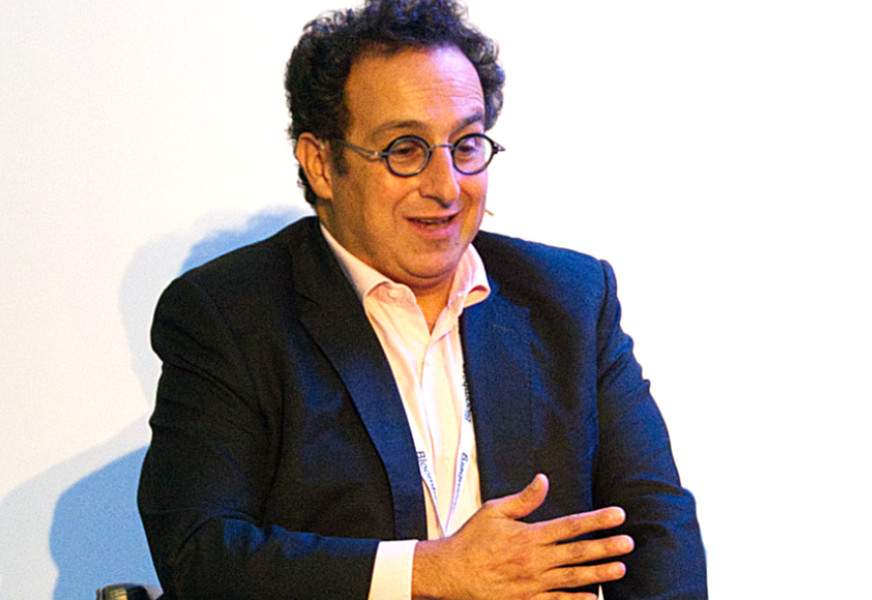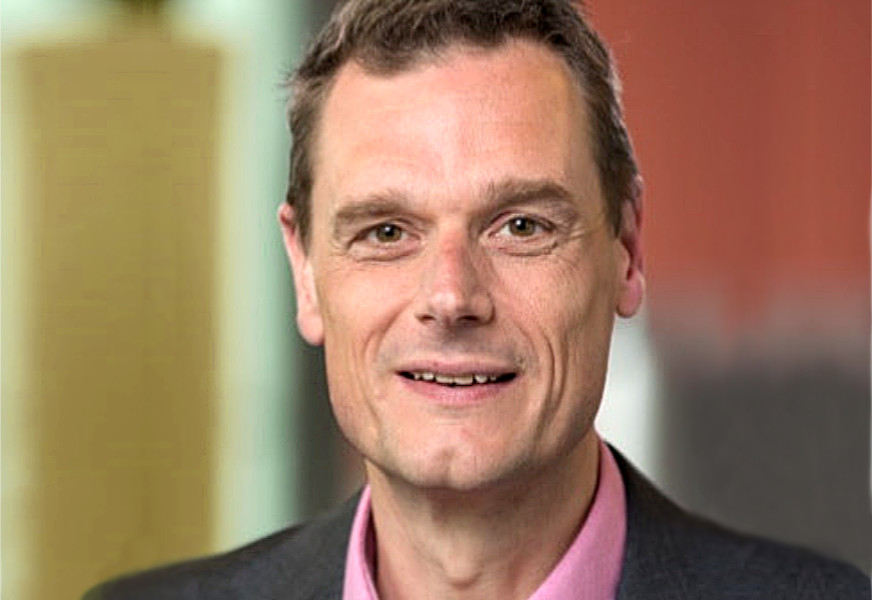Although the basic function of a trader – price and liquidity formation – has remained the same over the past two decades, the level of market fragmentation in that period has been in flux, making tracking where and how to best form a price incredibly challenging.
At the Fixed Income Leaders’ Summit (FILS) in Barcelona, it will be an opportunity to exchange views on how to scale up the trader to cope with volatility and renewed fixed income growth.

“What the trader does is still old- fashioned trading, but they can no longer have the capacity to recall every trade that printed or quote they have seen,” says Daniel Leon, global head of trading, treasury management & global solutions at HSBC Asset Management. “So, apart from the market being faster, deeper, and riskier, nothing
has changed!”
The Bank of England’s surprise decision to freeze rates on 21 September may signal a wider shift among central banks responding to inflation. This changing landscape is at the forefront of dealers’ minds, and one sell-side head of electronic trading noted that the peer-to- peer engagement at FILS will be key to assessing best practice in a rising rate environment.
“I’d say [we’re looking at] how to make the most of the changing liquidity conditions and interest rates landscape,” he said, speaking on condition of anonymity. ”We’re back to a world with positive and high interest rates, so it will be interesting to see how market participants adjust and what it means in terms of electronic trading protocols. We see compression in interest rate swaps (IRS) rising these days for instance.”
The ability to support sell-side risk transfer is seeing new innovations in dealer-sweep protocols, across several platforms as these limit the work needed to move out of positions that banks have acquired from their buy-side clients. These are also being expanded to allow latent buy-side liquidity to be matched with any residual orders not executed, and as a result they are broadening the wider liquidity picture without compromising D2D engagement.
Applied AI
Adapting to this environment creates interesting opportunities for technology application, including some of the latest headline-grabbing innovations.
Large language models (LLMs) are already in evidence within the trading environment, notably through Bloomberg and LTX in the US, but their real value is still to be seen as adoption become more widespread, including the parsing of huge amounts of data.
In the meantime, these artificial intelligence tools are competing with machine learning (ML) algorithms which are used by firms including MarketAxess and Tradeweb to support more automated decision making and trading. At FILS the hype will meet reality as traders talk through real world applications.

“It would be interesting to hear about using machine learning (ML) versus using artificial intelligence (AI).” says Jan-Theo Varkevisser, global head of fixed income trading at PGGM. “There’s a big difference between them.”
The wider role of the trader has also expanded into supporting portfolio managers and clients, reducing the time to make decisions on the desk. Getting beyond the desire to throw more data at traders, heads of desk at FILS Europe 2023 will want to learn how they can bring that information into a usable format that is actionable.
Although the user interface sitting over one set of data may be an LLM, or an ML algorithm, multiple systems also need to be brought together which will continue to drive interest in FDC3-enabled technology to support desktop interoperability, with both Interop.io and OpenFIn benefiting from the growth in interest.
©Markets Media Europe 2023
©Markets Media Europe 2025












